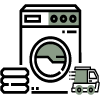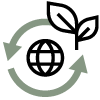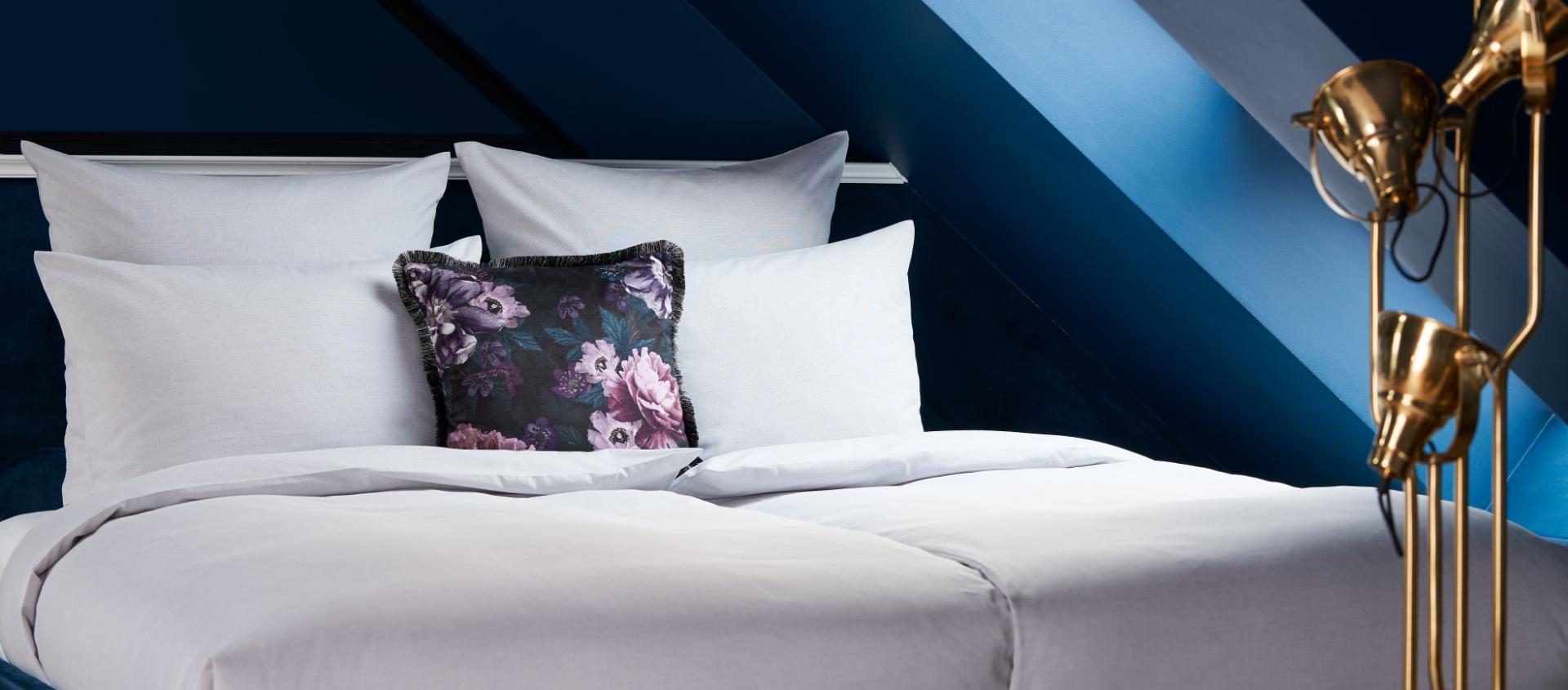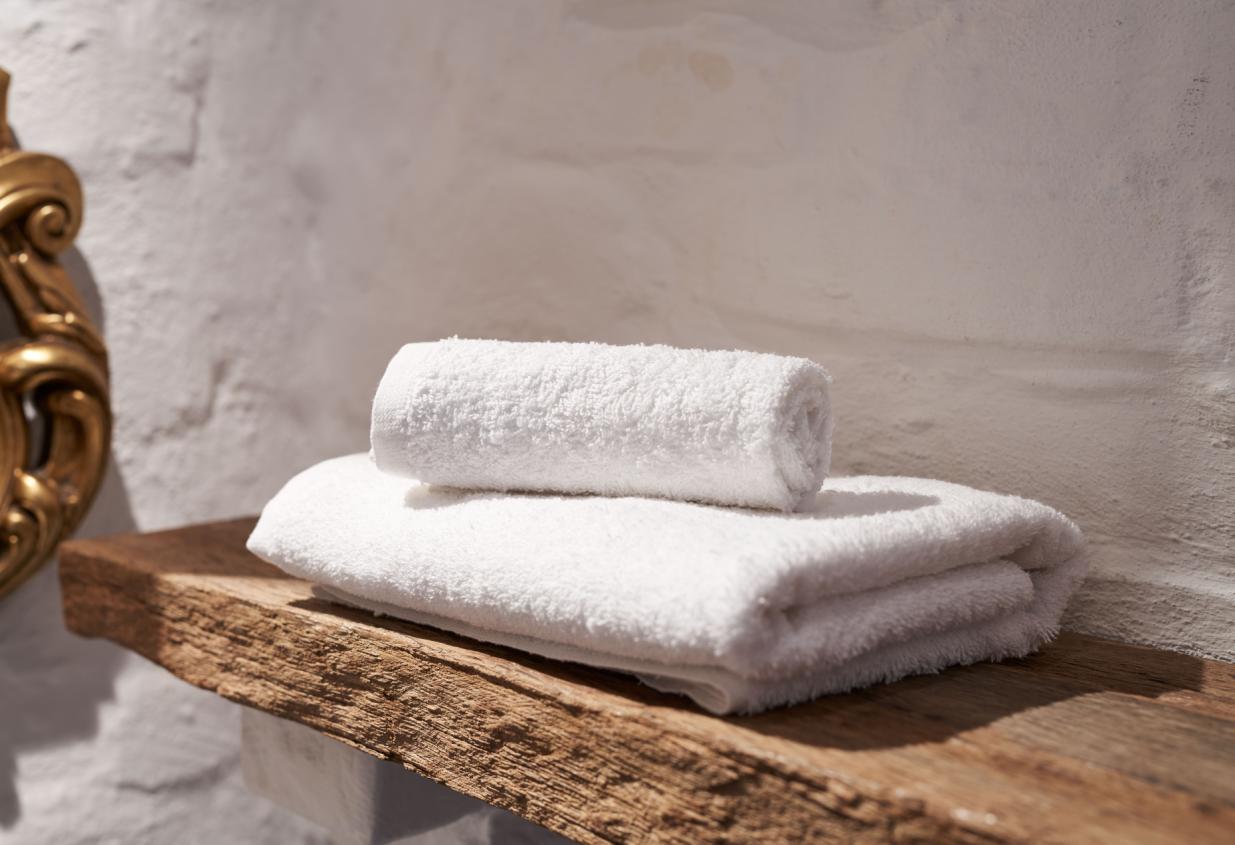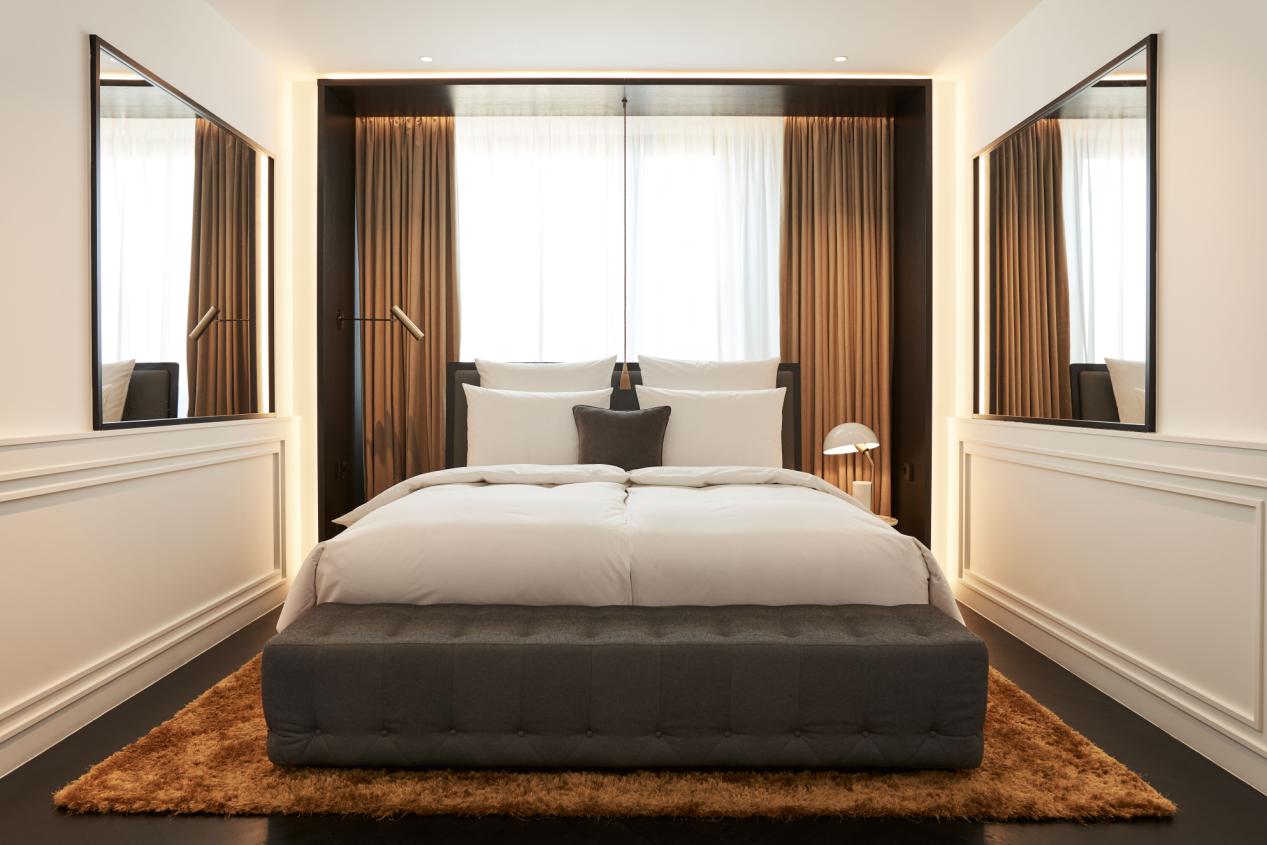We are a network
working for a greener tomorrow
And together, we...
save up to 30% CO2
versus hotels with On-Premise-Laundry facilities
reduce 40% microplastic
versus standard polyester-cotton textiles
are 100% transparent
from manufacturing to your hotel room
Do you know where your textiles come from?
The Textile Journey

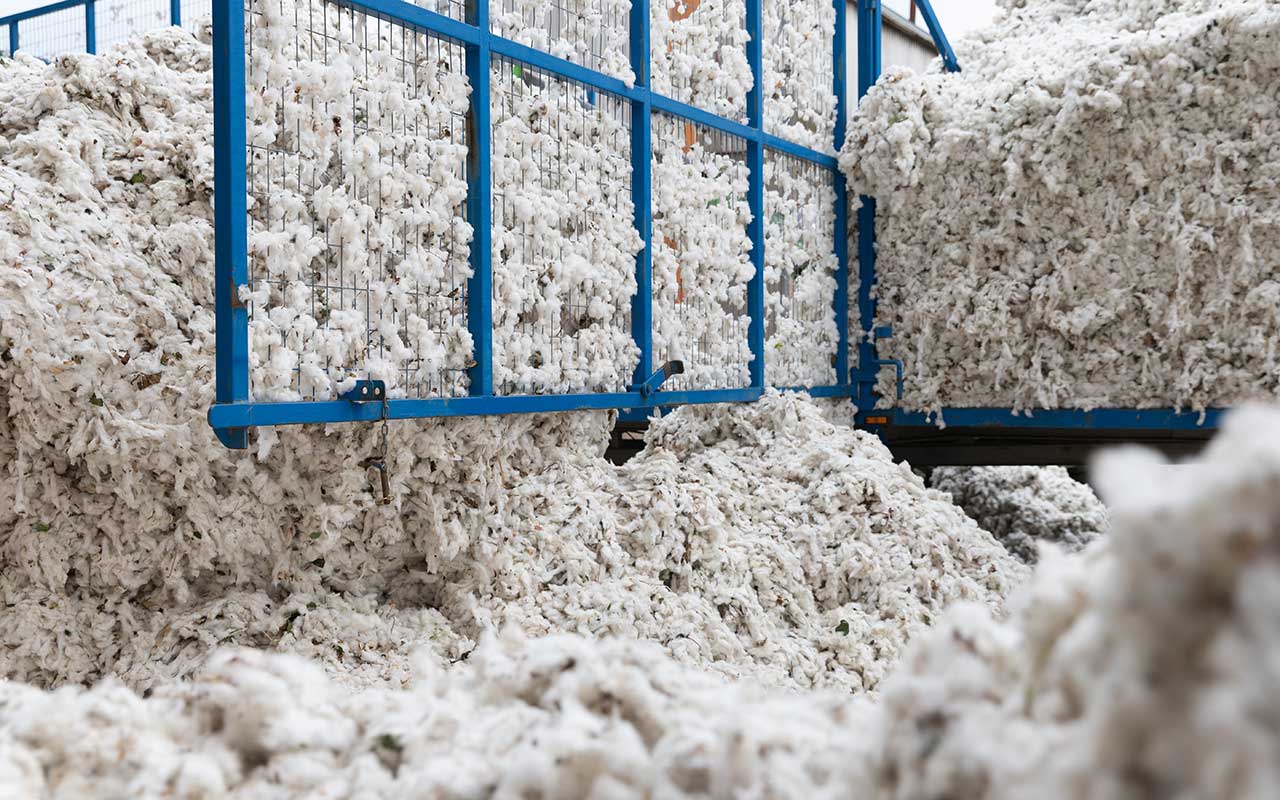

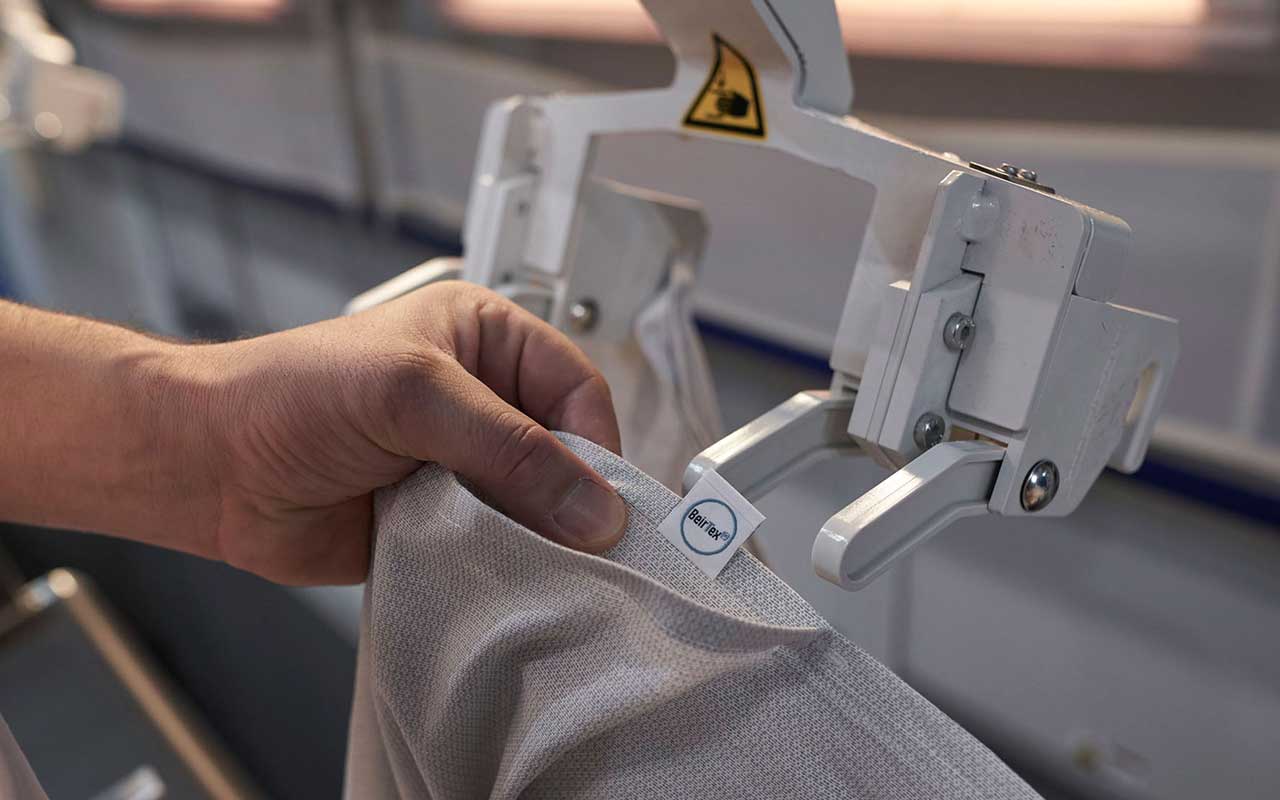

About
Role
Company Type
Founding Year
Website



